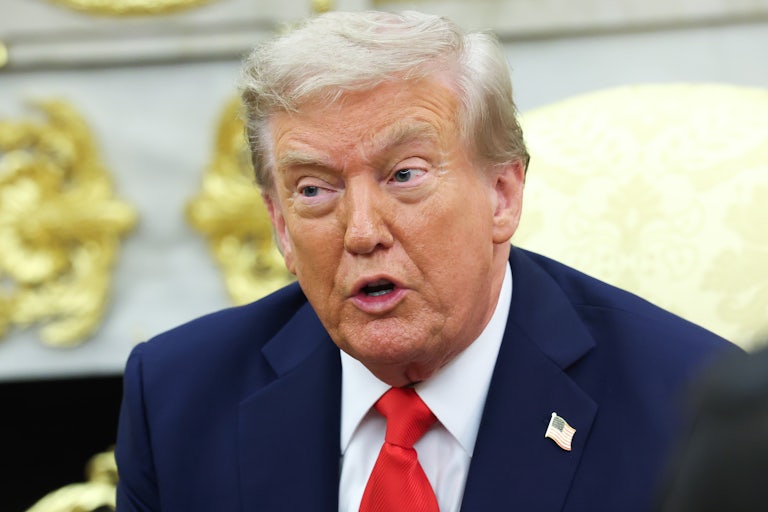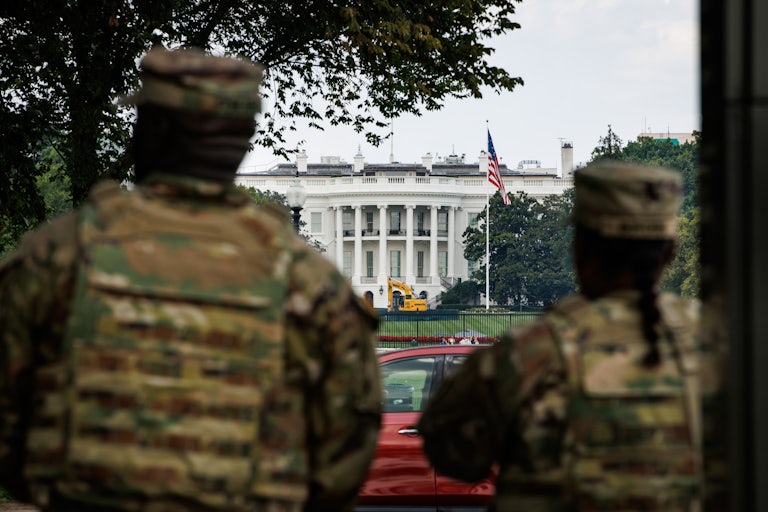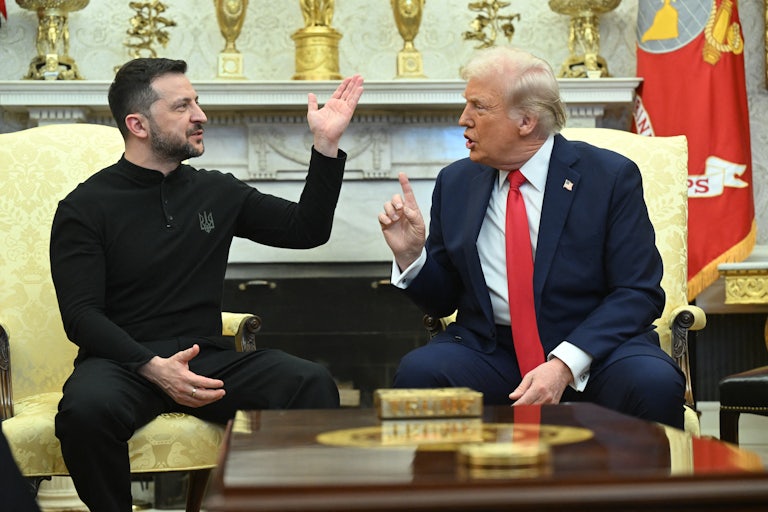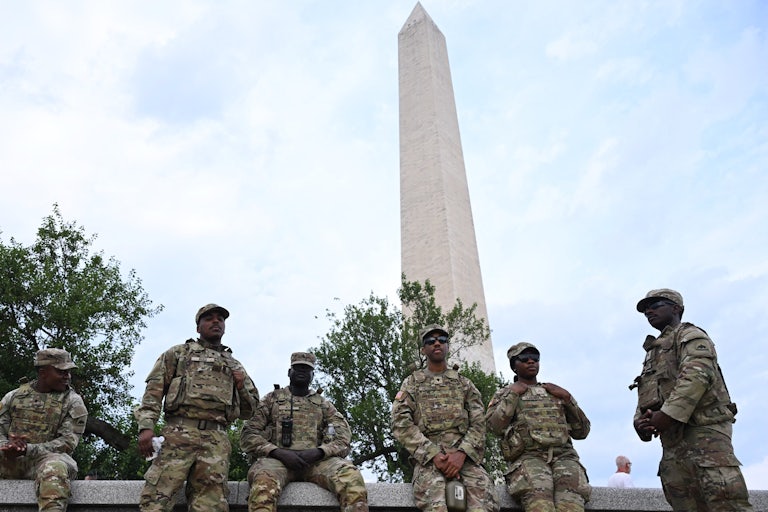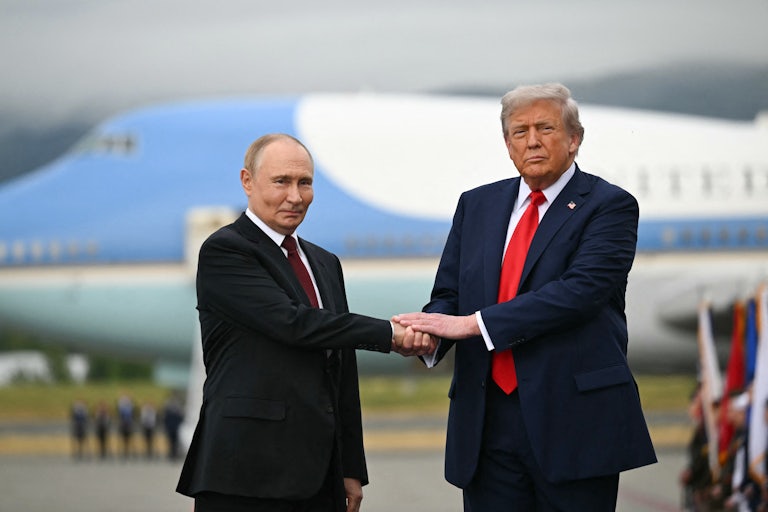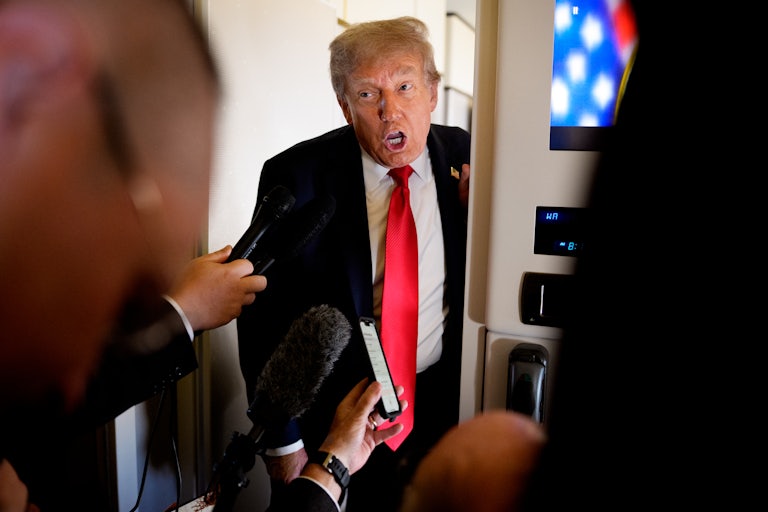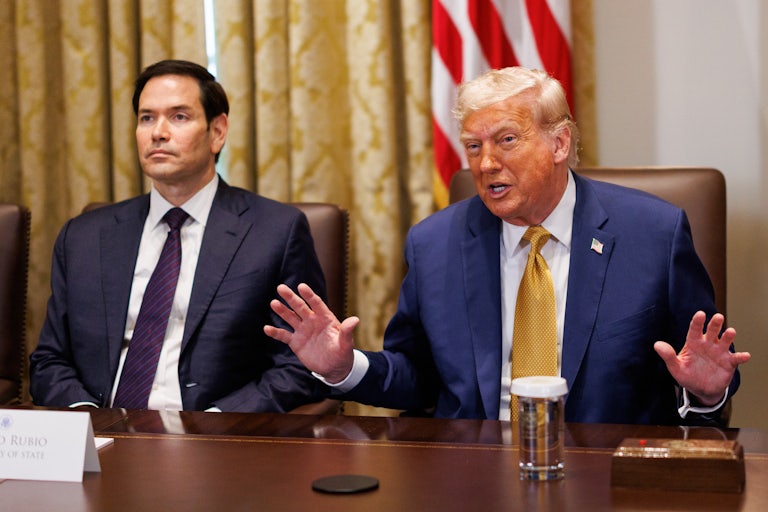Trump Keeps Moving His Own Goalposts in Ukraine Peace Talks
He wants a ceasefire, he doesn’t want a ceasefire. He really can’t decide.
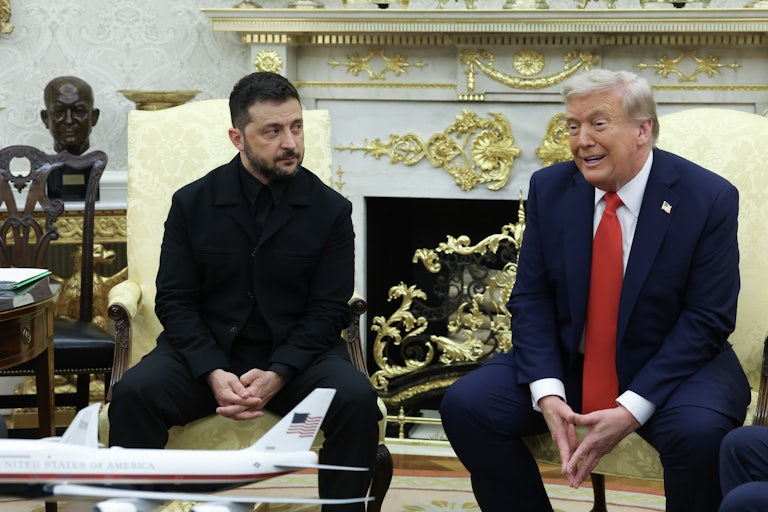
Before his summit with Russian President Vladimir Putin last week, President Donald Trump made his goal clear: “I won’t be happy if I walk away without some form of a ceasefire,” he told Fox News. The president also warned Putin of “very severe consequences” if one wasn’t reached.
With the summit past and no ceasefire in sight, that objective doesn’t seem so important to Trump anymore.
“I don’t think you need a ceasefire,” he told reporters Monday, sitting beside Ukrainian President Volodymyr Zelenskiy. “You know, if you look at the six deals that I settled this year, they were all at war. I didn’t do any ceasefires.”
This is a curious argument. For one, it relies on a dubious talking point about the president having ended “six wars in six months.” It’s also misleading, in part, because it includes temporary ceasefires—which Trump has indeed described, explicitly, as “ceasefires,” confusing them with lasting settlements.
When more European leaders came to the White House Monday, German Chancellor Friedrich Merz pushed back against Trump’s newfound dismissiveness toward a Russia-Ukraine ceasefire.
“I can’t imagine that the next meeting would take place without a ceasefire,” Merz said, adding that peace efforts depend on “at least a ceasefire from the beginning of the serious negotiations, from next step on, so I would like to emphasize this aspect and would like to see a ceasefire [by] the next meeting.”
Trump refused to budge, repeating his earlier argument.
“In the six wars that I’ve settled, I haven’t had a ceasefire. We just got into negotiations,” the president said. “If we can do the ceasefire, great,” he continued, before beginning a sentence that trailed off in quintessential Trump fashion: “And if we don’t do a ceasefire—because many other points were given to us. Many, many points were given to us. Great points.”

